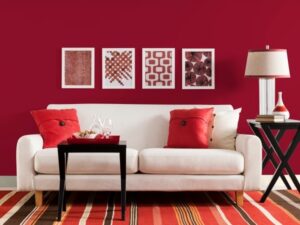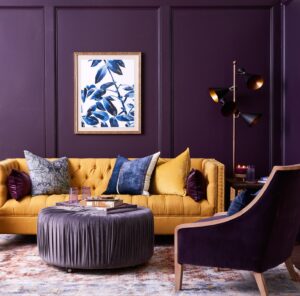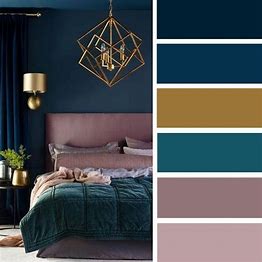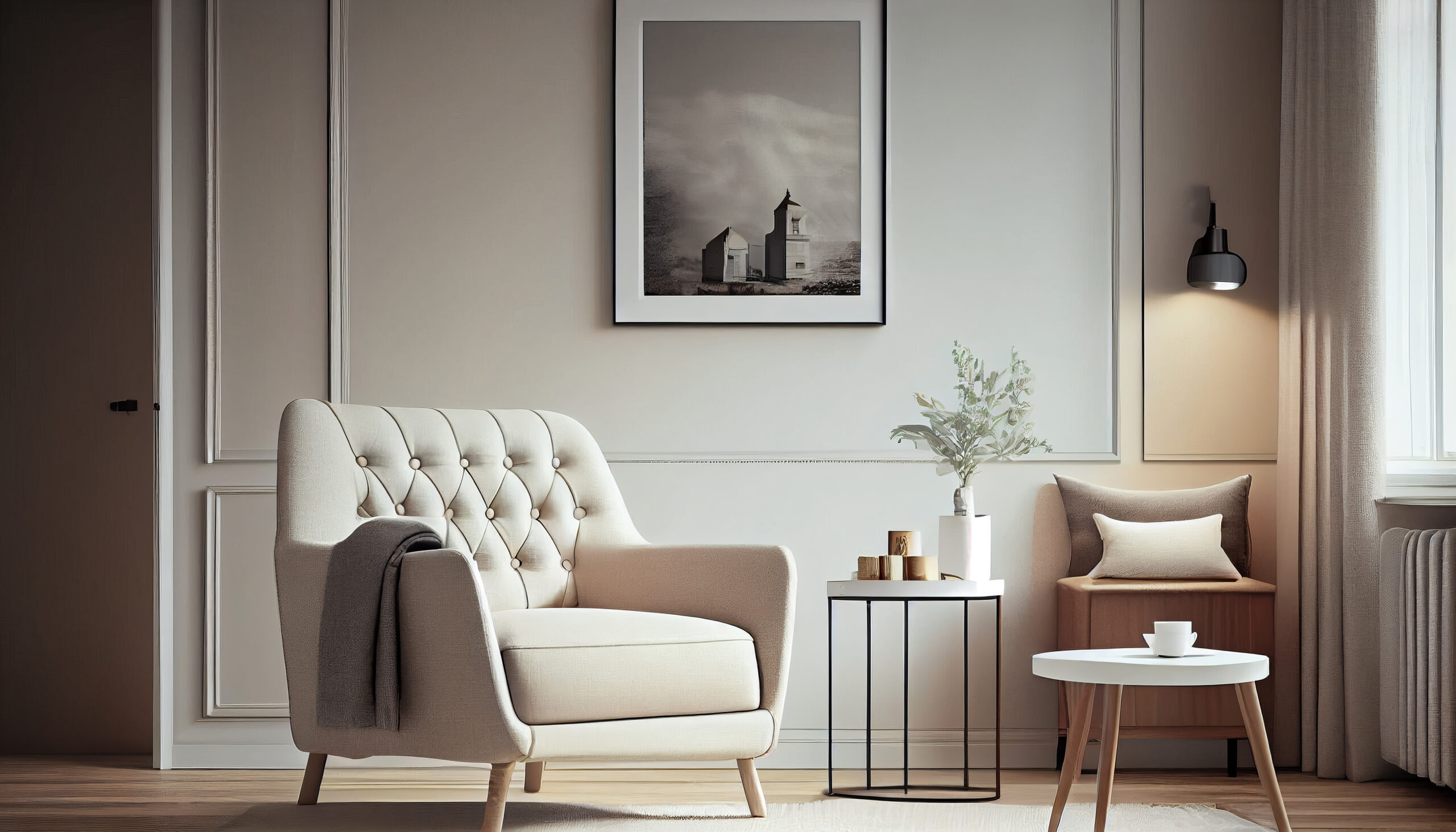In the world of interior design, colour is one of the most powerful tools at your disposal. It has the ability to transform a space, evoke emotions, and set the tone for an entire room. Understanding the fundamentals of colour theory and how to effectively use colour palettes can greatly enhance the aesthetics and functionality of any space. From hues to harmony, let’s delve into the fascinating world of colour in interior design.
Understanding Colour Basics:

Before diving into colour palettes, it’s essential to grasp the basics of colour terminology:
Hue: The purest form of a colour, such as red, blue, or yellow.
Tint: When white is added to a hue, resulting in a lighter version of the original colour.
Tone: When Gray is added to a hue, creating a muted or softened version of the original colour.
Shade: When black is added to a hue, resulting in a darker version of the original colour.
Exploring Colour Palettes:
Colour palettes are combinations of hues, tints, tones, and shades that work harmoniously together. There are various approaches to selecting colour palettes, each with its own unique characteristics:
Monochromatic: Utilizes variations of a single hue, along with its tints, tones, and shades. This creates a cohesive and calming effect, making it ideal for smaller spaces or areas where you want to maintain a sense of harmony.
Analogous: Involves selecting colours that are adjacent to each other on the colour wheel. This creates a subtle yet visually pleasing palette with a sense of unity.
Complementary: Involves choosing colours that are opposite each other on the colour wheel. This creates a dynamic and high-contrast palette, perfect for adding visual interest to a room.
Triadic: Involves selecting three colours that are evenly spaced apart on the colour wheel. This results in a balanced and vibrant palette, offering ample opportunities for creativity.
The 60-30-10 Rule, For 3 Colours:

60% Primary Colour: This colour dominates the space and sets the overall tone. It is typically used for walls, large furniture pieces, or focal points.
30% Secondary Colour: This colour supports the primary colour and adds visual interest. It is often used for upholstery, rugs, or drapery.
10% Accent Colour: This colour adds pops of contrast and personality to the space. It is used sparingly for accessories, artwork, or decorative accents.
Following the 30-60-10 rule ensures that the colours in a room are well-balanced and visually appealing without overwhelming the senses.
The impact of Colour:
It is also important to point out that the colour of a room can have a significant impact on a person’s mood and emotions. Here’s how different room colours can affect individuals:

Red: Red is often associated with energy, passion, and excitement. It can stimulate the senses and increase heart rate, making it an excellent choice for spaces where activity and social interaction are encouraged, such as dining rooms or entertainment areas. However, excessive use of red can be overwhelming and may evoke feelings of aggression or stress.

Orange: Orange is a warm and energetic colour that combines the vibrancy of red with the cheerfulness of yellow. It can evoke feelings of enthusiasm, creativity, and warmth, making it suitable for spaces where stimulation and creativity are desired, such as home offices or creative studios.

Yellow: Yellow is often associated with sunshine, happiness, and optimism. It can evoke feelings of joy, positivity, and warmth, making it an excellent choice for spaces where people gather to socialize or relax, such as kitchens, living rooms, or sunrooms. However, too much yellow can be overwhelming and may induce feelings of anxiety or frustration.

Green: Green is often associated with nature, growth, and harmony. It can evoke feelings of calmness, balance, and rejuvenation, making it an ideal choice for spaces intended for relaxation and contemplation, such as bedrooms, bathrooms, or meditation rooms. Green is also known to reduce eye strain and promote a sense of well-being.

Blue: Blue is often associated with serenity, tranquillity, and stability. It can evoke feelings of calmness, peace, and clarity, making it a popular choice for bedrooms, bathrooms, and other spaces where relaxation and reflection are prioritized. However, excessive use of blue may create a sense of coldness or aloofness.

Purple: Purple is often associated with luxury, creativity, and spirituality. It can evoke feelings of sophistication, mystery, and introspection, making it suitable for spaces where a sense of elegance and drama is desired, such as bedrooms, dining rooms, or home libraries.

Neutral Colours (White, Gray, Beige): Neutral colours are versatile and can evoke a range of emotions depending on their undertones and use. White can create a sense of purity, cleanliness, and spaciousness, making it a popular choice for bathrooms, kitchens, and modern minimalist designs. Gray can evoke feelings of sophistication, elegance, and tranquillity, while beige can create a warm and inviting atmosphere.
Choosing the Right Colour Palette:
Selecting the perfect colour palette for your space can seem daunting, but it doesn’t have to be. Here are some tips to help you choose the right colours for your interior design project:
Consider the Mood: Think about the mood or atmosphere you want to create in the room. Warm colours like reds and oranges evoke energy and cosiness, while cool colours like blues and greens promote relaxation and tranquillity.
Take Lighting Into Account: Natural and artificial lighting can significantly affect how colours appear in a room. Consider the direction and intensity of light when choosing colours to ensure they look their best in all lighting conditions.
Start with a Focal Point: If you’re unsure where to begin, start by selecting a focal point for the room, such as a piece of artwork or a bold piece of furniture. Use the colours within the focal point as inspiration for your colour palette.
Experiment with Samples: Don’t be afraid to test out different colour combinations using paint samples or swatches. Seeing the colours in the actual space can help you visualize how they will look together and make it easier to narrow down your options.
By understanding colour theory, exploring different colour palettes, and following basic design principles, you can create stunning and harmonious interiors that reflect your personal style and enhance your living experience. So go ahead, unleash your creativity, and let colour transform your space into a work of art.







